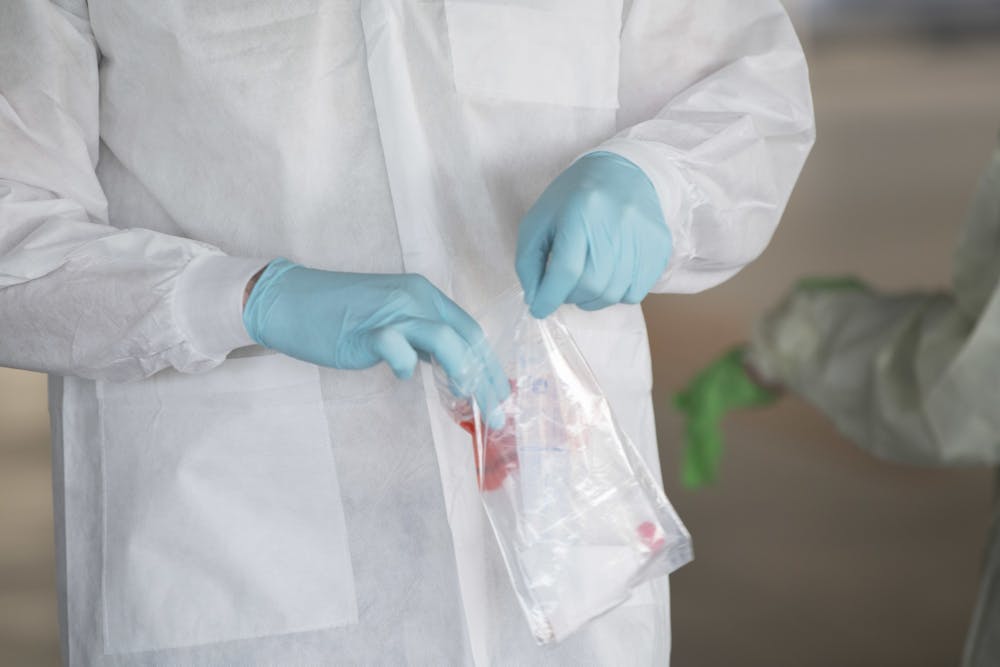As COVID-19 continues to accelerate and hospitals face shortages of critical equipment and supplies, symptomatic students — many of whom have left campus — are finding it difficult to access tests.
Since March 19, the deadline for most students to depart campus, the number of students testing positive for COVID-19 has climbed to at least five. As of a March 22 update, University Health Services (UHS) is aware of 36 students who have been tested for COVID-19 — 30 of whom had already traveled home.
For Henry Byrd ’22, who tested positive for the virus, being tested in Tennessee — a state that has now administered close to 15,000 tests and confirmed 784 cases of COVID-19 — was relatively straightforward.
“I got tested at a Vanderbilt walk-in clinic,” he said. “They were testing pretty much anyone who was willing to wait [up to] four hours.”
Some students were able to be tested on campus, avoiding some of the impediments that many Americans hoping to be tested currently face. Six students have been tested at McCosh Health Center, including at least one sophomore no longer living on campus.
Speaking to The Daily Princetonian under the condition of anonymity, this sophomore, who lives just outside the town of Princeton, said that they went to McCosh because they did not meet the criteria to be tested by their regular doctor. They have since received a positive test result.
“My home physician couldn’t test me [because] I’m not [part of] an at-risk population [...] after I found out that a friend tested positive,” they said.
Other students farther from campus said they have faced difficulty due to the restrictive selection criteria for testing, and some have resorted to somewhat drastic measures. One student, desperate to receive a diagnosis, ordered a home testing kit for $250.
The use of at-home tests has come under scrutiny in recent weeks, as the product has not been unauthorized by the Food and Drug Administration (FDA).
Other symptomatic students, however, prefer self-isolation to the time and costs required to receive testing.
“I’m just assuming I had it because I had every symptom [that] everyone who got tested had,” said Larkin Ison III ’22, from Huntsville, Ala. “Also, I was with [someone who tested positive] for a whole day [...] two days before he got tested.”
“I have not left my room since Monday of last week,” he added.

Ison said he had sought a test for the regular flu after exhibiting mild symptoms, but when that test came back negative, the doctors told him he had a sinus infection. He began showing symptoms of “extreme weakness,” fatigue, and a lessened sense of taste and smell — symptoms associated with COVID-19.
Worried that he might have contracted COVID-19, and without a clear answer from the previous test, he decided to self-isolate, rather than return for another test.
And even when students are able to be tested, many testing facilities are overloaded across the country, forcing some students to wait longer than they anticipated for results.
“I still haven’t gotten my test result yet — it’s been a week,” said a junior from Illinois on Wednesday, while acknowledging the shortage in testing units. “This process has been extremely frustrating.”
The University is continuing to urge community members to notify UHS about any COVID-19 test results or pending tests, “no matter where you are tested or when you are tested.”








